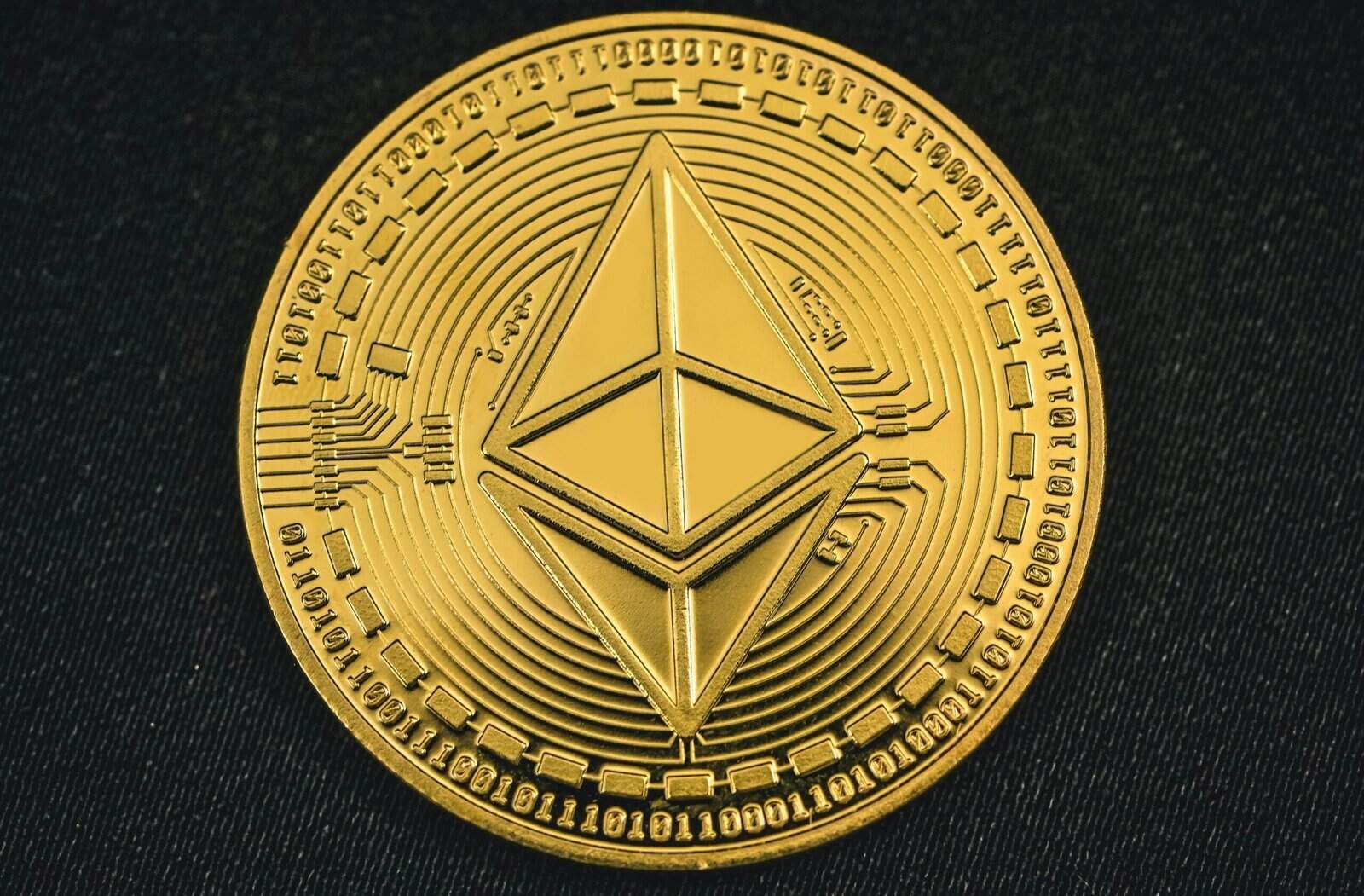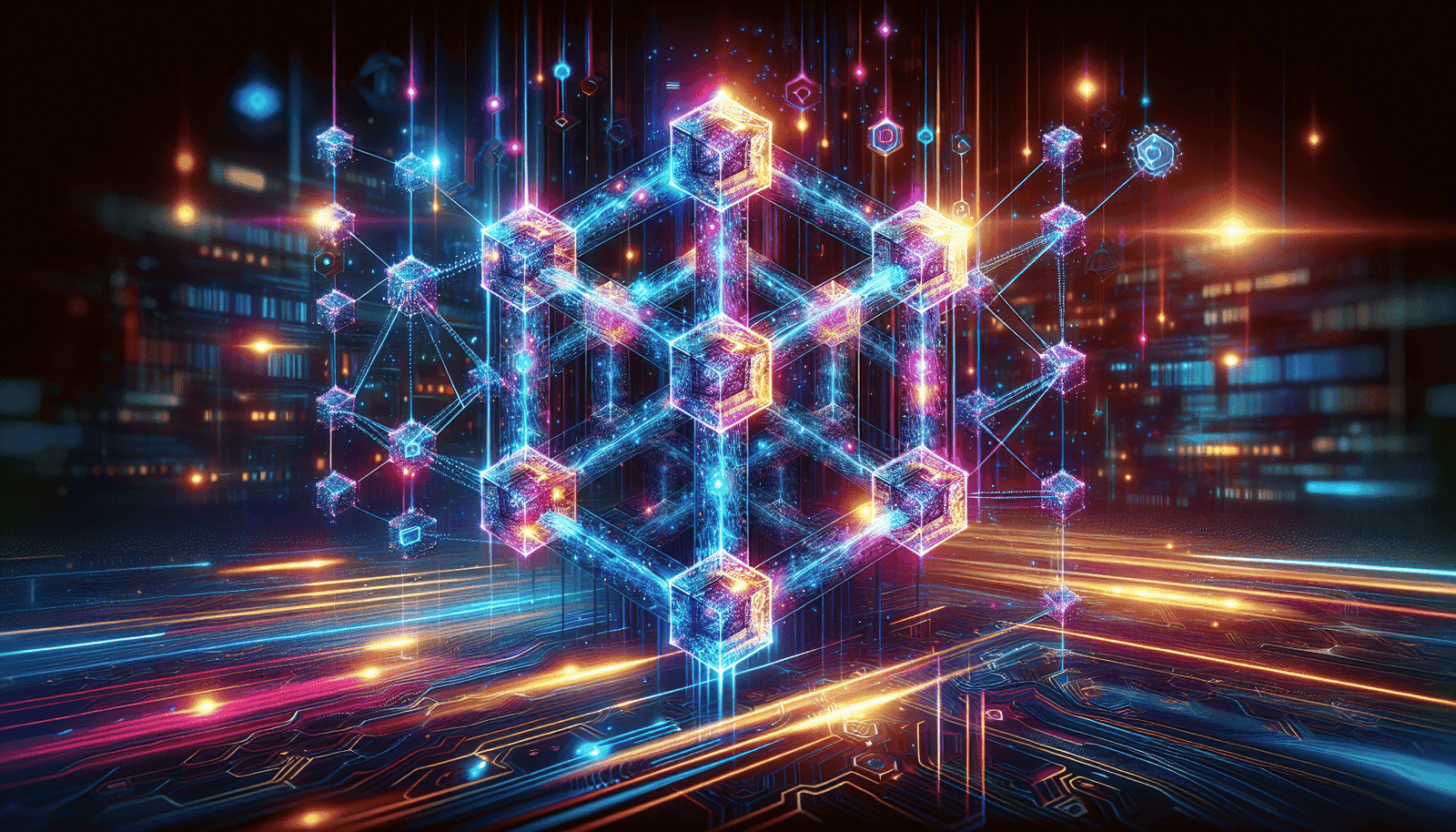Have you ever wondered how blockchains, especially Layer 2 blockchains, manage to enhance the speed of transactions while keeping fees low? If you’re curious about navigating the ever-evolving world of blockchain technology, understanding Layer 2 solutions can be a game-changer. Your journey into this intriguing subject begins here.

Introduction to Layer 2 Blockchains
Layer 2 blockchains are a fascinating innovation in the realm of blockchain technology, designed to improve the scalability and efficiency of Layer 1 blockchains. These solutions aim to tackle some of the most pressing issues faced by traditional blockchain networks, such as high transaction fees and slow processing speeds. By offloading some of the work from the main blockchain, Layer 2 solutions allow for a more seamless and cost-effective user experience.
The Need for Layer 2 Solutions
As blockchain networks gained popularity, they began to face scalability issues. When a large number of transactions occur simultaneously, networks can become congested, leading to delayed transactions and increased costs. Layer 2 blockchains were developed to address these challenges by providing an additional layer where transactions can be processed more efficiently.
How Does Layer 2 Technology Work?
Layer 2 technology often involves creating a secondary framework that sits on top of an existing blockchain. This ensures that the main blockchain, or Layer 1, remains secure and decentralized while offloading most transactions to the Layer 2 network. This setup allows for higher throughput and faster transaction times without compromising on security or decentralization.
Off-Chain Transactions
Key to Layer 2 solutions are off-chain transactions, which are processed outside of the main blockchain. These transactions are recorded on a secondary layer but are eventually aggregated and settled on the main chain. This significantly reduces the burden on the primary network, leading to increased efficiency and reduced costs.
Examples of Layer 2 Solutions
Several Layer 2 solutions have been developed, each with unique mechanisms and benefits. Technologies such as state channels, sidechains, and plasma chains are commonly used to facilitate off-chain transactions. Each of these solutions has its strengths, making them suitable for different use cases within the blockchain ecosystem.
State Channels
State channels are one way to implement Layer 2 solutions. They are designed to allow multiple off-chain transactions between parties without broadcasting each one to the blockchain. This layer ensures that only the final state of transactions is recorded on the blockchain, thus enhancing privacy and efficiency.
How State Channels Work
The basic premise of state channels involves locking a certain amount of funds in a multisignature address on the blockchain. Parties can then transact with each other off-chain, updating each other with signed messages. When transactions are complete, the final outcome is written to the blockchain, efficiently utilizing its resources.
Advantages of State Channels
State channels offer several benefits, including reduced transaction costs, increased transaction speed, and enhanced privacy. Since transactions are handled off-chain, there is less congestion on the primary network, leading to a more efficient overall system.
Sidechains
Another Layer 2 solution is the use of sidechains. These are separate blockchains that run parallel to the main chain and allow for independent transactions. Sidechains offer greater flexibility for developers to implement specific features or innovations without affecting the main network.
Understanding Sidechains
Sidechains operate alongside the main blockchain and are connected via a two-way peg. This mechanism enables the transfer of assets between the main chain and sidechain, allowing for greater functionality and interoperability.
Benefits of Sidechains
Sidechains provide developers with the freedom to experiment and innovate without risking the security of the main chain. They allow for specific use cases, such as privacy features or custom transaction formats, to be implemented more effectively.

Plasma Chains
Plasma chains are hierarchical blockchains that allow for large-scale computation off-chain while ensuring the final state is securely tied to the main chain. Plasma enables the creation of child chains that can handle complex computations and transactions.
Plasma Chain Mechanics
These chains work by creating a framework for an unlimited number of subordinate blockchains within the Layer 2 network. Each child chain operates autonomously, running transactions off-chain, and only the minimal necessary data is submitted to the main blockchain.
Why Plasma Chains Are Important
The structure and flexibility of plasma chains make them well-suited for applications requiring high throughput and complex calculations. By alleviating congestion on the main network, they ensure faster and more frequent transactions, bringing significant improvements to the blockchain ecosystem’s scalability.
Rollups
Rollups are advanced Layer 2 solution gaining traction due to their efficient batch-processing capabilities. They roll multiple transactions into a single transaction that is then submitted to the blockchain.
Types of Rollups
There are two main types: optimistic rollups and zk-rollups. Optimistic rollups assume all transactions are valid by default, while zk-rollups utilize zero-knowledge proofs to ensure transaction validity.
Optimistic Rollups
These are relatively straightforward and submit transaction data to the blockchain while only challenging fraudulent transactions, which ensures they benefit from reduced data processing on-chain.
zk-Rollups
zk-Rollups offer enhanced security since they use mathematical proofs to confirm the correctness of transactions. This means that zk-rollups can validate large batches of transactions more efficiently and with greater assurance of accuracy.

Comparing Layer 1 and Layer 2 Blockchains
Understanding the difference between Layer 1 and Layer 2 is essential for grasping the unique benefits offered by these enhanced solutions. While Layer 1 refers to the underlying main blockchain architecture, Layer 2 provides a supplementary structure aimed at enhancing performance and reducing transaction costs.
Key Differences
Here is a simple table that highlights the fundamental differences:
| Criterion | Layer 1 | Layer 2 |
|---|---|---|
| Primary Focus | Security and Decentralization | Scalability and Speed |
| Transaction Cost | Generally Higher | Typically Lower |
| Throughput | Limited due to network strain | Higher due to offloading tasks |
| Use Cases | General transactions and storage | Specialized applications |
Benefits of Layer 2 Solutions
The main purpose of Layer 2 solutions is to optimize the existing blockchain framework. With faster transactions, lower fees, and significant scalability improvements, Layer 2 solutions create a more efficient and user-friendly environment.
Enhancing Scalability
By processing transactions outside the main chain, Layer 2 solutions help to alleviate congestion and improve the overall scalability of blockchain networks. This enables increased throughput without compromising security or decentralization.
Cost Efficiency
One major advantage of Layer 2 solutions is cost reduction. Transaction fees are significantly lowered, making it feasible for microtransactions and high-frequency trading to occur without exorbitant costs.
Improved Speed
Layer 2 technologies deliver faster transaction times, enhancing the user experience for applications requiring quick confirmations, such as gaming or decentralized finance (DeFi) applications.

Challenges and Considerations
While Layer 2 solutions bring numerous benefits, they also introduce certain complexities and challenges. It’s important to consider these potential drawbacks to make informed decisions when implementing these technologies.
Security Concerns
While Layer 2 solutions are designed to maintain the security of the main blockchain, they can still present vulnerabilities due to their unique structures. It’s crucial to ensure that robust security measures are in place to protect off-chain transactions effectively.
Complexity of Implementation
Implementing Layer 2 solutions often requires a higher degree of technical understanding and resources. This complexity can pose a barrier for smaller projects or teams with limited blockchain expertise.
Interoperability
Ensuring seamless interoperability between Layer 1 and Layer 2 solutions can present challenges. Any disconnect in communication between these layers might lead to inefficiencies or security risks.
The Future of Layer 2 Solutions
As blockchain technology continues to evolve, Layer 2 solutions are expected to play an increasingly crucial role in achieving widespread adoption. Their ability to address scalability and cost concerns makes them a valuable component of future blockchain innovations.
Growth in Adoption
With ongoing advancements in technology and increasing demand for efficient blockchain solutions, you will likely witness more projects opting to use Layer 2 solutions. This will drive further development and refinement within the sector.
Potential Innovations
New and improved Layer 2 solutions are being developed to overcome existing challenges and cater to diverse use cases. These innovations hold the potential to redefine how blockchain networks operate, making them more accessible and efficient for a broader audience.

Conclusion
Layer 2 blockchains have emerged as a pivotal element in the quest to solve scalability and efficiency issues faced by traditional blockchain networks. By offloading transactions from the main blockchain, they offer a faster, more cost-effective, and scalable solution for various applications. As you delve deeper into the possibilities presented by Layer 2 solutions, you’ll find a world of potential and innovation that could redefine the blockchain space in the coming years.
